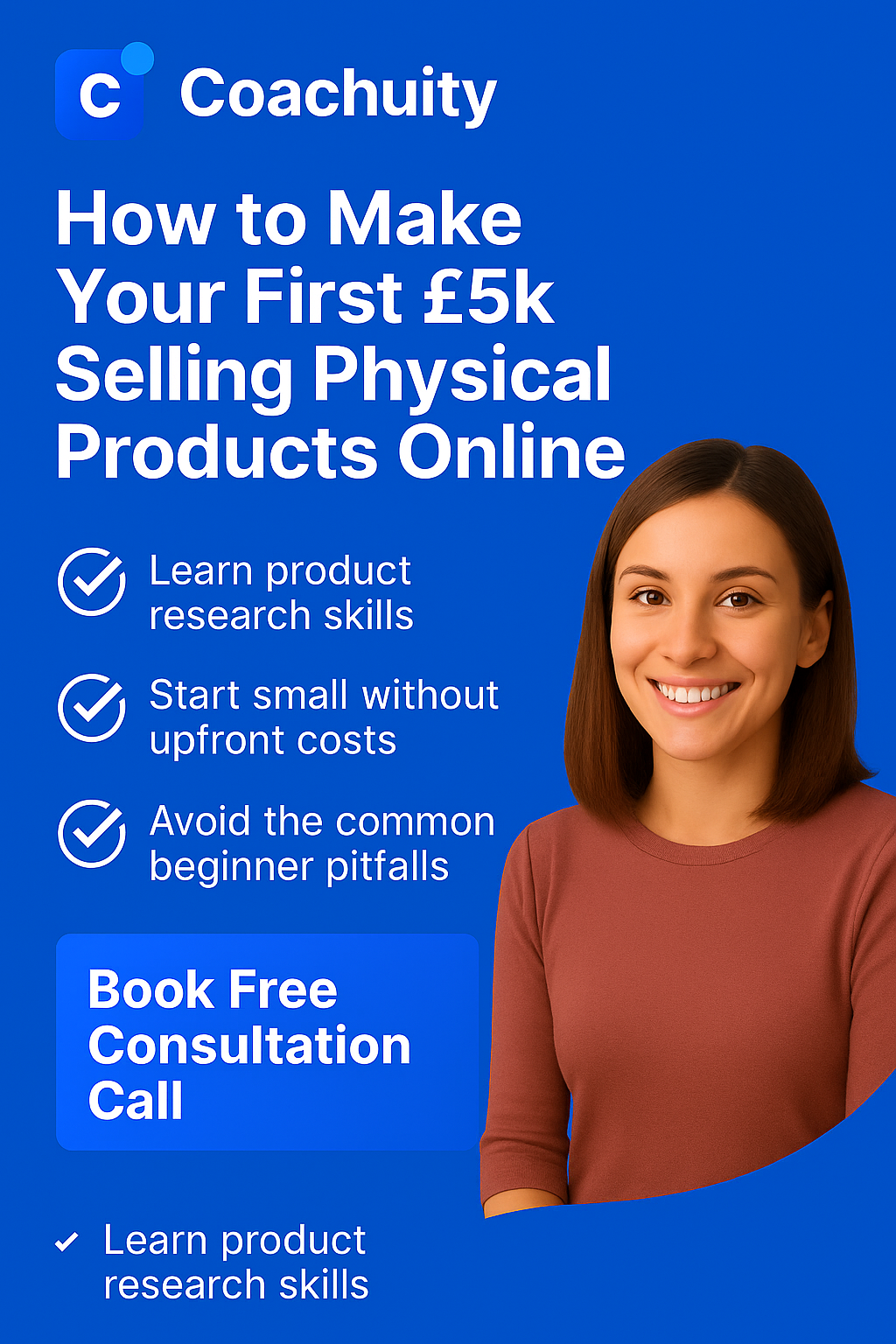
How to Sell Products Online: A Complete Guide to Building a Profitable E-Commerce Business
![]() August 14, 2025
August 14, 2025
Selling products online has transformed from a niche side hustle into a booming global industry worth trillions. With the rise of platforms like Shopify, Amazon, Etsy, and even social media marketplaces, almost anyone can start an online store from the comfort of their home. However, the ease of starting doesn’t guarantee success. Many entrepreneurs jump in without a strategy, only to face low sales, high competition, and wasted advertising budgets. If you want to stand out and build a business that actually generates consistent revenue, you need the right approach. This “How to Sell Products Online” guide will walk you through proven strategies, tools, and insider tips to help you launch, market, and grow your online store—whether you’re selling handmade goods, dropshipping items, or your own branded products. Launching an online store eliminates the need for expensive physical space, large inventory, and high overhead costs. You can start small, test ideas, and scale at your own pace. With the internet, your products aren’t limited to your local area. You can reach customers across the world 24/7, dramatically increasing your potential market size. Selling online gives you access to multiple platforms—from your own website to marketplaces like Amazon, eBay, and Etsy, plus social media shops on Instagram, TikTok, and Facebook. From payment processing to shipping and inventory tracking, selling online allows you to automate many business tasks, giving you more time to focus on marketing and growth. E-commerce platforms provide analytics on customer behaviour, sales trends, and product performance, allowing you to make informed business decisions. The foundation of your online business is your product. Conduct market research to find products that have demand, aren’t oversaturated, and can be sold profitably. Look for trending products on platforms like Google Trends, Amazon Best Sellers, or TikTok Shop. Consider solving a specific problem or catering to a niche audience for higher conversion rates. You can sell through: Your Own Website (Shopify, WooCommerce) – Full control over branding and customer experience. Marketplaces (Amazon, Etsy, eBay) – Immediate access to a large customer base but higher competition and fees. Social Media (Instagram Shop, TikTok Shop, Facebook Marketplace) – Ideal for impulse purchases and visual products. Many successful sellers use a combination of these channels for maximum reach. Your store should be: Visually Appealing – Use professional images and a clean design. Easy to Navigate – Make product categories, search bars, and checkout simple. Mobile-Friendly – Most shoppers browse and buy on their phones. Optimised for Conversions – Include product descriptions, reviews, and trust badges. Consider your production or purchase costs, shipping fees, platform fees, and marketing expenses when setting your prices. Use a competitive but profitable pricing strategy. Marketing is key to driving traffic to your store. Use a mix of: Search Engine Optimisation (SEO) – Optimise product pages with relevant keywords. Social Media Marketing – Post engaging content and use paid ads. Influencer Collaborations – Partner with influencers to reach your target audience. Email Marketing – Build a list and send promotions, updates, and product launches. Fast responses, clear communication, and hassle-free returns can turn one-time buyers into loyal customers who recommend your store to others. Once you have consistent sales, reinvest in: New product lines Expanding to new markets Paid advertising campaigns Automation tools for inventory and fulfilment This guide is designed for: Aspiring Entrepreneurs who want to start selling online but aren’t sure where to begin. Brick-and-Mortar Business Owners looking to expand their reach with an online store. Side Hustlers wanting to generate extra income from home. Content Creators and Influencers interested in monetising their audience through product sales. By mastering how to sell products online, you can: Launch your own profitable online store without huge start-up costs. Reach a global audience and expand your brand’s visibility. Generate passive income through automated sales systems. Build a long-term business that can scale over time. Start Small, Test Fast – Don’t overcomplicate your first launch. Focus on one or two products and refine your process. Invest in Quality Visuals – Professional product photos and videos increase conversions. Leverage Social Proof – Display reviews, testimonials, and user-generated content. Track and Adjust – Use analytics to improve product listings, ad campaigns, and pricing. Be Consistent – Post regularly on social media and update your store with fresh content. If you’re ready to turn your product idea into a thriving online business, now is the time to take action. With the right knowledge, strategy, and tools, you can build an online store that not only makes sales but becomes a valuable long-term asset. Whether you’re selling a passion project, dropshipping trending products, or launching your own brand, learning how to sell products online is your gateway to financial freedom and flexibility. Start your journey today—set up your store, market your products, and watch your business grow.How to Sell Products Online: A Complete Guide to Building a Profitable E-Commerce Business
Introduction
Key Benefits and Features of Learning How to Sell Products Online
1. Low Start-Up Costs Compared to Traditional Retail
2. Global Customer Reach
3. Multiple Sales Channels
4. Automated Business Operations
5. Data-Driven Decision Making
Step-by-Step Process for Selling Products Online
1. Choose the Right Product to Sell
2. Select Your Sales Platform
3. Build a Compelling Online Store
4. Price Your Products for Profit
5. Market Your Products Effectively
6. Provide Excellent Customer Service
7. Scale Your Business
Target Audience
Potential Outcomes
Actionable Tips to Get Started
